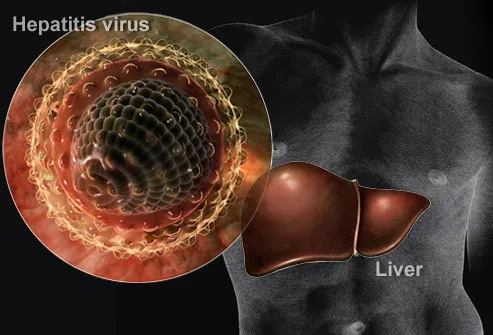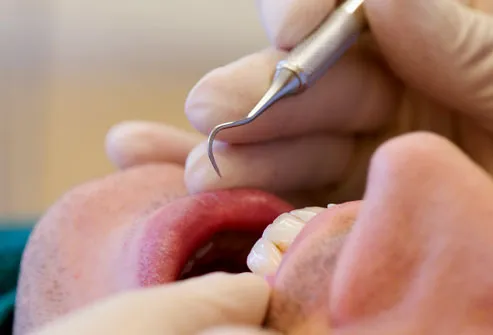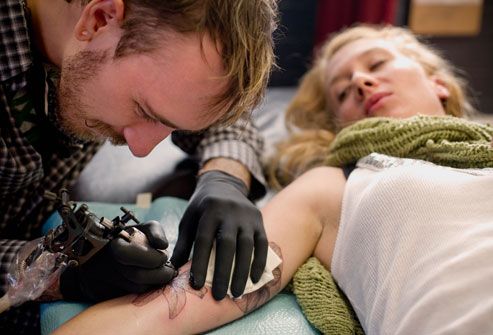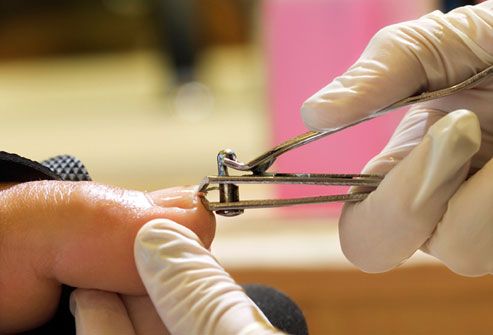Things That Raise Your Risk for Hepatitis

1
/
10
Hepatitis Types and Liver Risks
Hepatitis means inflammation of the liver. It can be caused by several viruses. The main types in the United States are A, B, and C. Type A symptoms are often similar to a stomach virus. But most cases resolve within a month. Hepatitis B and C can cause sudden illness. However, they can lead to liver cancer or a chronic infection that can lead to serious liver damage called cirrhosis.
Swipe to advance

2
/
10
Contamination Spreads Hepatitis
Hepatitis A is spread by eating food or drinking beverages that have been contaminated with the feces of an infected person. You can also get infected through close contact with a person who has hepatitis -- for example, by changing a diaper or through sexual contact. Poor sanitation and poor hygiene increase the risk. Hepatitis B and C are spread mainly through infected blood, semen, or other body fluids.
Swipe to advance

3
/
10
Hepatitis A Risks: Produce and Drinking Water
Hepatitis A outbreaks have been traced to eating contaminated fresh fruits, vegetables, and salads. Wash produce well before eating, even if you plan to peel it. You can also get hepatitis A by drinking contaminated water. Boil river or lake water. Visiting a developing country? Stick to bottled water and skip ice unless it’s made from bottled water. Vaccines are available for hepatitis A and B, but not C.
Swipe to advance

4
/
10
Raw Shellfish
Because shellfish is sometimes harvested from polluted waters, uncooked oysters, clams, and mussels can transmit hepatitis A. That's something to think about before your next trip to the raw bar. Cooked shellfish is safer.
Swipe to advance

5
/
10
Unclean Hands
Hepatitis A can survive outside the body for months. Good hygiene -- including always washing your hands or using hand sanitizer after using the toilet, changing a diaper, and before handling food or eating -- helps prevent the spread of hepatitis A. Using a public restroom? Flush with your foot, and use a paper towel to turn off the faucet and open the door on your way out.
Swipe to advance

6
/
10
Contaminated Blood
Infected blood and body fluids spread hepatitis B and C. Infection can be passed from mother to child during birth, between sexual partners, or through contact with open wound. It can also be spread by contaminated dental instruments, though sterilization practices make this unlikely. Donor blood is screened in the United States, so the risk of hepatitis from a transfusion is small. One transfusion in 205,000 transmits hepatitis B, and one in 2 million transmits hepatitis C.
Swipe to advance

7
/
10
Tattoos and Piercings
Getting a tattoo or piercing? Lessen your risk of hepatitis B and C by finding a salon that’s serious about controlling infections. It should be clean and tidy, the staff licensed and well trained. Are the tools heat-sterilized between uses? Hepatitis B and C can be transmitted through improper sterilization and reuse of equipment such as needles. And make sure people wash their hands and put on fresh gloves before touching you.
Swipe to advance

8
/
10
Pedicures, Manicures, and Hair Cuts
Trips to the salon or barbershop may pose a small risk of exposure to Hepatitis B and C. While there's a small (2%-5%) chance of transmitting hepatitis through grooming items, anytime there's potential for exposure to blood you may be at risk for hepatitis. Reduce your risk by bringing your own nail files, cuticle clippers, razors, or other equipment.
Swipe to advance

9
/
10
Sexual Contact
Having sex with someone who has hepatitis B is a major cause of new infections. The hepatitis B virus can be found in an infected person's blood, vaginal fluid, or semen. Short of abstinence, being vaccinated is the surest way to avoid being infected by your partner. Latex condoms and dental dams may help reduce your risk, too.
Swipe to advance

10
/
10
Sharing Personal Items
Hepatitis B and C can spread by sharing personal items belonging to someone else. That goes for toothbrushes, razors, nail clippers, washcloths, needles, or anything else that might harbor traces of infected blood. Keep these items for your own use only.
Swipe to advance
- Get link
- X
- Other Apps